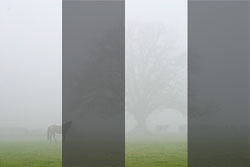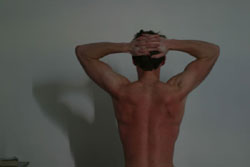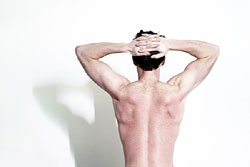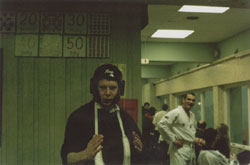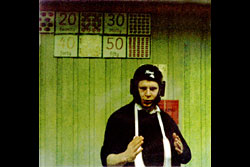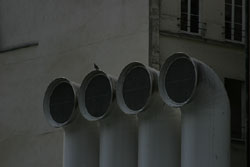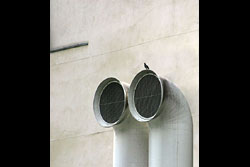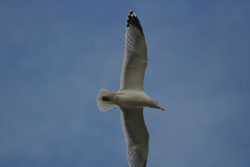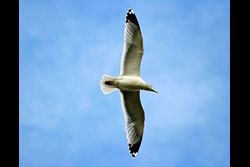Post #366
You are currently only viewing posts within the category: Photo
You are here: Home → Archive → Photo → 2004 → April → 10th → this post
Photo manipulation
10th April 2004, the wee hours | Comments (31)
I don’t know that this is entirely a good idea, but I thought it might be helpful for other aspiring photographers to see some ‘before’ and ‘after’ versions of my work.
Why might that be useful? Well, let me explain…
It doesn’t have to be perfect
One of the things I worried about when I first started snapping away, was that I’d never master the technical side of photography; that although my framing of a scene was okay, my application of the aperture/shutter speed relationship would always let me down. My photos would come out too dark, or slightly off-kilter, or the focus wasn’t right. I didn’t see how I could ever achieve the perfection that others seemed to produce on a daily basis. Then I discovered Photoshop, and all my worries vanished.
I’m not saying that Photoshop entirely replaces photographic ability, or that you shouldn’t strive to become a technically excellent photographer (by all means, do), I’m simply saying you shouldn’t discard images because they’re wonky, or the crop is wrong, or they’re slightly out of focus. If the composition is right, and the subject is interesting, then odds are the computer can save you.
The photos
The following images have been tarted up using a mixture of:
- Levels — to adjust the brightness;
- Curves — to adjust the brightness and contrast;
- Colour Balance and Saturation — to dull occurrences of overly bright colour (like the sunburn on my back);
- Unsharp Mask — to sharpen things up;
- Clone Stamp and Healing Brush tools — to clone backgrounds and remove protrudances;
- The Lasso and Pen tools — to select sections for copying or removing.
(As always, click on a photo to see a larger version.)
Not a tutorial
I’m not going to get into writing tutorials for this kind of thing (because it takes forever to do one properly), but I do hope this post might encourage you to give your not-quite-right images a second chance. Knowing what’s possible, that’s half the battle; I’ll leave it up to you and Google to manage the rest.
Jump up to the start of the post ↑
Blogmarks
A collection of miscellaneous links that don't merit a main blog posting, but which are interesting none-the-less.
Our enemies are innovative and resourceful, and so are we. They never stop thinking about new ways to harm our country and our people, and neither do we.
— George W Bush (9)- What WordPress is doing to combat comment spam. (1)
- Mobile web tools, from Pukupi. (1)
- Pukupi’s top 10 hints for building interoperable mobile Web sites. (3)
- The photography of E.J. Peiker. (4)
Stuff from the intersection of design, culture and technology.
(3)- Some handy tips for advanced Google use. (35)
- Make your own church signs, or view some real ones. (8)
- Michael Heilemann is doing a great job with his new WordPress theme; Kubrick. (1)
- I’m late to the party, but Dan has a book out. (1)
- What a crazy concept for laying out housing estates. (3)
- In San Francisco, I live here. (Try the zoom feature.) (1)
- Spider-Man reviews crayons. [Via] (3)
- Some beautiful images from photographer Greg Downing. (2)
- Lots of links, from the Link Bunnies. (1)
- Nice “when I was a child” sort of post from Stuart. (1)
- How much does SafariSorter cost? (4)
- Some handy maintenance tips for Mac owners running Panther. (2)
- Alex King launches Use Tasks: a hosted service for Tasks and Tasks Pro™. (2)
- Min Jung, Anil Dash, and I get interviewed for HBO’s Real Sex. (10)
Blog-roll
A selection of blogs I read on a regular basis.
- Hmm, the blog-roll seems to be a little bit broken right now (it may be that the blo.gs service is having problems). I’ve sent myself an email about this problem, and will try to fix it ASAP.
